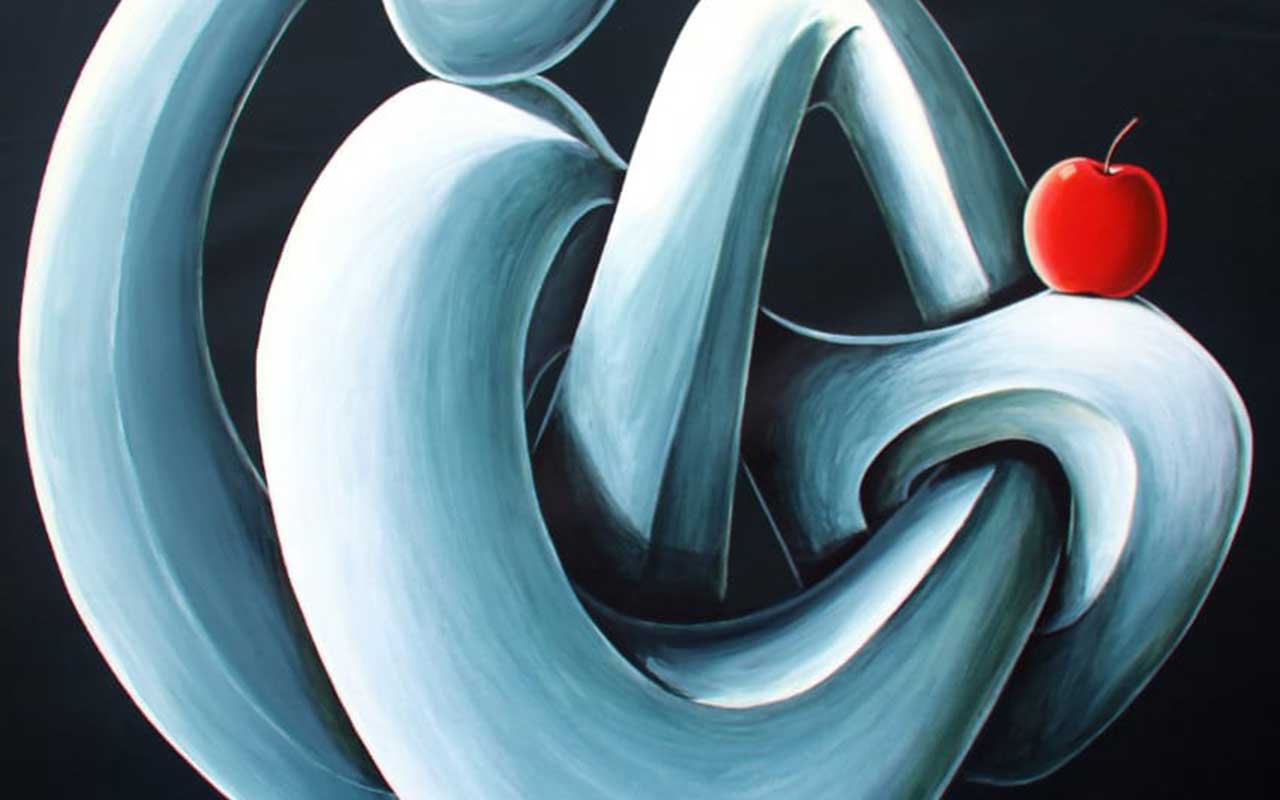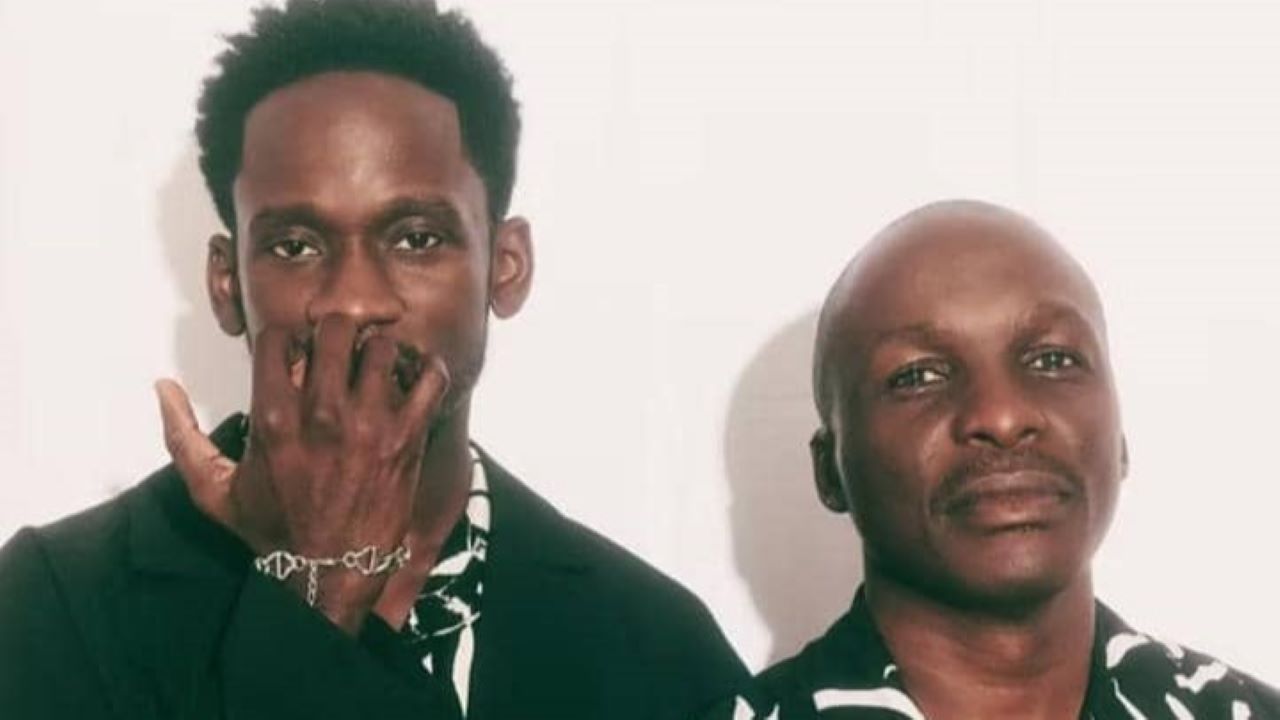
The National Commission for Museums and Monuments (NCMM) recently opened a new art gallery in Kaduna, Kaduna State. Situated within the premises of the commission, the new gallery is segmented into MANY areas, each holding a history that is preserved and secured for posterity. At the official opening ceremony were lovers of arts, friends of the commission, traditional rulers as well as politicians, including the Governor Nasir El-Rufai, who was represented by his deputy, Yusuf Barnabas Bala.
Titled ‘NOK Within the Context of Nigerian Art Traditions,’ the gallery holds art pieces, not only from Nok, but collections of other famous cultures and civilizations from across the country. A tour of the different sections revealed pre-historic arts, Nok terracotta arts, living arts, arts from other parts of the country as well as a section tagged ‘Kaduna State and its Neighbours.’
The Nok terracotta section is home to a collection of numerous Nok arts of various shapes and sizes, dating back to centuries ago, including repatriated, fractured human figures from different parts of the world such as France. The art pieces housed in this section will enhance public appreciation of the importance of Nok culture in particular and Nigeria’s civilization in general. The ancient civilization, in its new home, will definitely stimulate appreciation of creative ingenuity, skills, aesthetic qualities and technological knowhow of the people of Nigeria.
The section also features some of the masterpieces in the collection of NCMM, which highlight diverse talents of Nigerian artists and craftsmen. There is also the living art section, which accommodates ethnographic objects, including cooking utensils and other objects found within the kitchen and the living rooms. The artifacts were said to have been collected from indigenous communities across Nigeria. The commission held that documentation of the objects has become pertinent, as there may no longer be any written records on the cultures among communities that produced them.
‘Kaduna, Know your Neighbours’ is an educative section that showcases with both illustrations and carvings, the way of life of Kaduna people and her neighbours. The section comprises of paintings of traditional institutions, agriculture, dress culture and general civilizations, as products of British colonization and the seat of government for colonial masters in the Northern region.
Another section of the gallery houses Nigeria’s ancient art tradition from various parts of the country, including those of Calabar, Igbo-Uku, Akwanshi, Owo and the famous Ife and Benin arts.
In his remarks, the Director General NCMM, Mallam Yusuf Abdallah Usman, noted that a number of historical discoveries have been made in Nigeria over the centuries, which places Nigeria on a high pedestal of technological and cultural advancement. Usman said, “Nok culture is one of the oldest cultures south of the Sahara, which has contributed to the origin, development and spread of West African iron age. The striking characteristics of Nok sculptures include elaborately detailed hairstyles and jewelries that adorn many of the figures, the inventiveness and beauty of the designs and a host of other characteristics.”
He added that it was only in 2005, decades after the initial work of Bernard Fagg, whose works in the 1940s made Nok popular, that the commission and Goethe University (Department of African Archaeology and Archaebotany), Frankfurt, Germany, developed a joint research project on Nok Archaeology to build on what Fagg started.
“This partnership was later joined by archaeologists from Ahmadu Bello University, Zaria, and University of Jos,” he disclosed, adding,“These researches led to the discovery of very important Nok terracotta objects in the Nok area, and this exhibition is the result of this archaeological research partnership and collaboration.
The exhibition highlights some of the classical masterpieces of Nigerian art traditions. It showcases the talents of Nigerian artists and craftsmen and it is hoped that the exhibition will create better awareness, contribute to scholarship, and increase partnerships with other organisations for further research into our rich cultural heritage for posterity.”
Usman further commended the efforts of the state governor in landscaping the entire museum premises, rehabilitating the craft village, including the traditional Beauty Salon, constructing children’s play ground and lighting up the entire premises.
While declaring the gallery open, Governor Mallam Nassir el-Rufai, pledged continuous partnership with the museum to ensure it retains its position as a tourist destination, noting, “We will also ensure that the development of Nok Museum and the proposed enlistment of Nok discovery site as a national heritage site is given required attention. To this end, we will undertake construction of the road leading to Nok town to facilitate easy movement.”
With the large number of artworks and the beautiful atmosphere in which the art pieces are kept and documented at Kaduna Museum, the commission might be on its way to meeting the yearning of younger Nigerians for generational alightments with the country’s socio-cultural history.
[ad unit=2]






